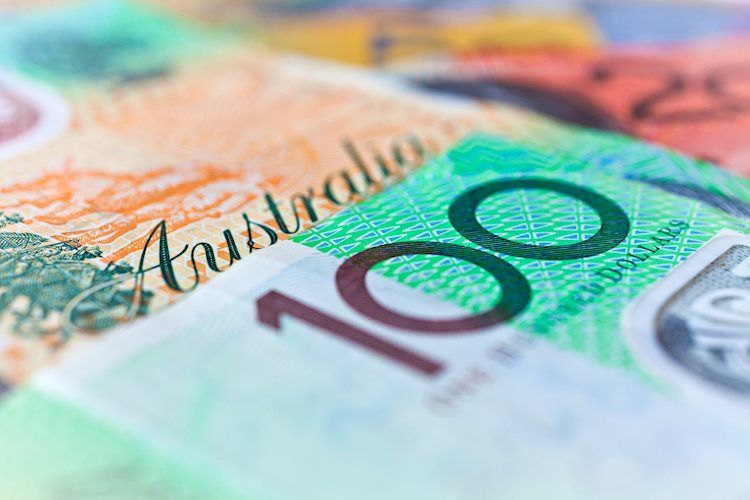The Australian Dollar saw a significant gain of over 1% against the US Dollar on Wednesday, following data that showed a moderation in consumer inflation in both Australia and the US. In the US, April’s Consumer Price Index (CPI) rose by 0.3% MoM, with the core CPI, which excludes volatile items like food and energy, dipping to 0.3% as expected. Meanwhile, in Australia, wages increased less than estimated in Q1 2024, indicating easing inflationary pressures. The AUD/USD pair traded at 0.6695 in the Asian session on Thursday.
As consumer inflation showed signs of cooling in the US and Australia, the Federal Reserve’s tone shifted, with officials acknowledging the need for higher borrowing costs. In the US, Retail Sales remained unchanged in April, missing expectations of a 0.6% increase. Minneapolis Fed President Neel Kashkari mentioned the possibility of higher borrowing costs due to rising government debt, raising concerns about the impact on consumer spending and the level of restrictive monetary policy.
Looking ahead, Australia’s Employment report is anticipated, with estimates suggesting a rise of 23.7K employees added to the workforce in April. The unemployment rate is forecasted to increase to 3.9% after ticking higher to 3.8% previously. From a technical perspective, the AUD/USD chart indicates an uptrend with potential for further gains if the pair clears the 0.6700 level. Momentum remains positive, with the Relative Strength Index (RSI) pointing upwards.
Factors influencing the Australian Dollar include interest rates set by the Reserve Bank of Australia (RBA), the price of its largest export, Iron Ore, the health of the Chinese economy, inflation in Australia, growth rate, Trade Balance, and market sentiment. The RBA’s decisions on interest rates impact the level of interest rates in the economy, with relatively high rates supporting the AUD and vice versa. Factors such as the health of the Chinese economy, Iron Ore prices, Trade Balance, and market sentiment also play a significant role in determining the value of the Australian Dollar.
China’s status as Australia’s largest trading partner makes the health of the Chinese economy a crucial factor in influencing the Australian Dollar. Positive or negative surprises in Chinese growth data can directly impact the value of the AUD. Additionally, Iron Ore, Australia’s primary export, has a significant impact on the Australian Dollar. A rise in Iron Ore prices generally leads to an increase in the value of the AUD, as demand for the currency rises. The Trade Balance, which reflects the difference between a country’s exports and imports, also plays a role in influencing the Australian Dollar. A positive Trade Balance strengthens the AUD, while a negative one weakens it.











